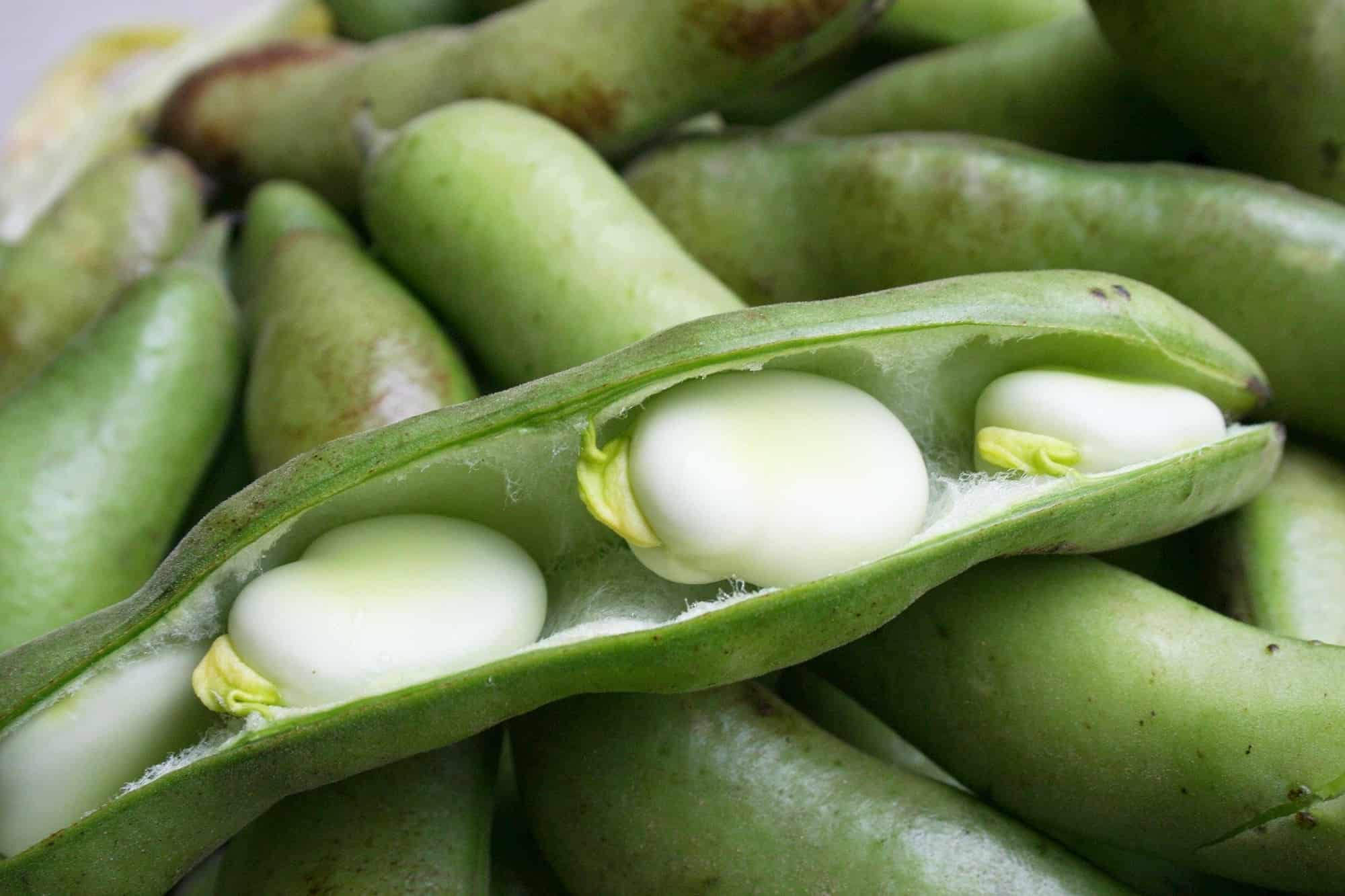
How to improve your vegetable garden's soil with legumes?
All our tips to grow and make the most of legumes in the garden
Contents
We all know the importance of including legumes in our diets for a balanced nutrition. Beyond their flavour, these lentils, dried beans, peas, garden soybeans, and other beans indeed offer numerous benefits for our bodies. Rich in plant-based proteins, they are a tasty alternative to meat for vegetarians and vegans. However, their high fibre, mineral, and vitamin content, along with their low fat levels, should not be overlooked. Therefore, eating legumes is highly recommended. But taking the step to grow them in the garden is another matter. Yet, all these legumes, members of the Fabaceae family for the gardener, are quite simple to sow and harvest and require very little care. Did you know that these legumes can also improve and enrich the structure of the soil?
What exactly are legumes?
In cooking, we refer to legumes, while in gardening, the term “Fabaceae” is more commonly used, previously known as “papilionaceous”. This is actually a botanical family that includes members as diverse as trees, lianas, herbaceous plants, ornamental plants, vegetable plants, and aquatic plants… In short, it is a family that comprises around 20,000 species, among which you can find acacias, Cercis canadensis, chickpeas, brooms, wisterias, or mimosas, as well as lupins and lentils…
Their first common point lies in the fact that the fruit of legumes or Fabaceae takes the form of pods, which can be swollen or flat, winged or cylindrical, containing several seeds.
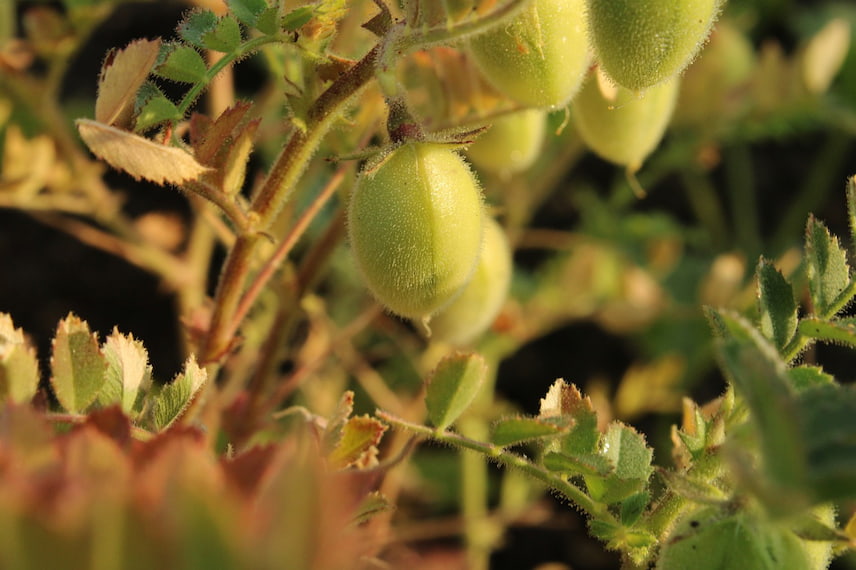
A pod of chickpeas
What makes them specific (and useful to the gardener) is the presence of nodosities on their root system, which are rounded swellings that work in symbiosis with bacteria, known as rhizobia, which have the ability to metabolise atmospheric nitrogen. In summary, the collaboration between Fabaceae and rhizobia is mutually beneficial: the plant provides carbon to the bacteria, and the bacteria supply nitrogen to the plant. Nitrogen that the roots can fix, utilise, and also return to the soil.
The benefits of growing legumes in the vegetable garden
This symbiotic fixation of atmospheric nitrogen is one of the principles of agro-ecology, easily transposable within the vegetable garden. Legumes are therefore effective allies for gardeners to enhance the biological activity of soils.
Legumes promote soil fertility
Improving soil fertility in the short and medium term is the main advantage of growing legumes.
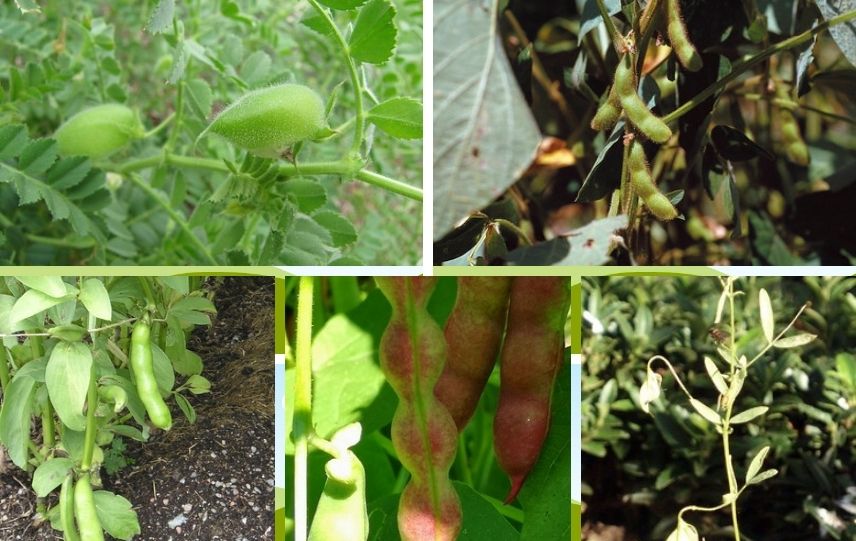 Chickpea, soybean, broad bean, shelling bean, and lentil plants
Chickpea, soybean, broad bean, shelling bean, and lentil plants
Due to their ability to capture nitrogen present in the air, accumulate it, and release it in small quantities, legumes enrich the soil. Nitrogen is a crucial element for the growth and development of a plant. The gardener can thus limit their use of fertilizers composed of nitrogen (N), phosphorus (P), and potassium (K). Legumes can therefore be considered as a nitrogen green manure that nourishes the soil and, in turn, the vegetable plants. Especially if the soil is very poor and devoid of nitrogen. However, legumes do tend to use this nitrogen for their own consumption!
Legumes improve soil structure
Most legumes have a fairly extensive root system that can penetrate deep into the soil, up to 2 meters for some. Thus, they contribute to soil structuring by aerating it, loosening it, and thereby facilitating porosity. Water and air penetrate better, which reduces erosion.
Legumes attract beneficial insects
Legumes also have an undeniable advantage for pollinating insects as their flowers are rich in nectar and pollen. Thus, these beneficial insects will frequent your garden, particularly attracted by forage plants such as clovers, alfalfa, sainfoin, sweet clover, and vetches, as well as lupins. They also indirectly contribute to pollination and crop yield. On a flower of sainfoin.
On a flower of sainfoin.
Discover other Vegetable gardens
View all →Available in 0 sizes
Available in 1 sizes
Available in 1 sizes
Available in 1 sizes
Available in 1 sizes
Available in 1 sizes
Available in 1 sizes
Available in 1 sizes
Available in 1 sizes
Available in 1 sizes
How to incorporate legumes into your vegetable garden?
When growing shelling beans, chickpeas, broad beans, or lentils, the primary goal is the harvest, which serves as a source of food. However, the way you introduce legumes into your vegetable garden will influence the benefits you derive from them.
In Crop rotation
It’s understood that planting legumes in your vegetable garden is beneficial. However, be careful not to cultivate them in the same spot year after year. For instance, if one year you sow shelling beans in a plot, the following year, plant more demanding vegetables that will benefit from the advantages of legume cultivation, namely the contribution of nitrogen, albeit minimal, as well as soil aeration. You might consider planting tomatoes, aubergines, peppers, or courgettes after peas or drying beans. In short, by following a precise crop rotation plan, your vegetable plants will find their interest. This also helps break the cycle of disease development.
In companion planting
Don’t hesitate to grow demanding vegetables like cucurbits alongside legumes that naturally fertilise the soil. Indeed, the nitrogen fixed by the legume is released and made available in the soil for the neighbouring vegetable plant. Leafy vegetables also appreciate the company of fabaceae, which will return more nitrogen than if they were planted alone. Other vegetables will, in a way, motivate and encourage them to express their potential.
To add variety, feel free to plant melliferous legumes among your vegetable crops, such as lupins or sainfoin among tomatoes.
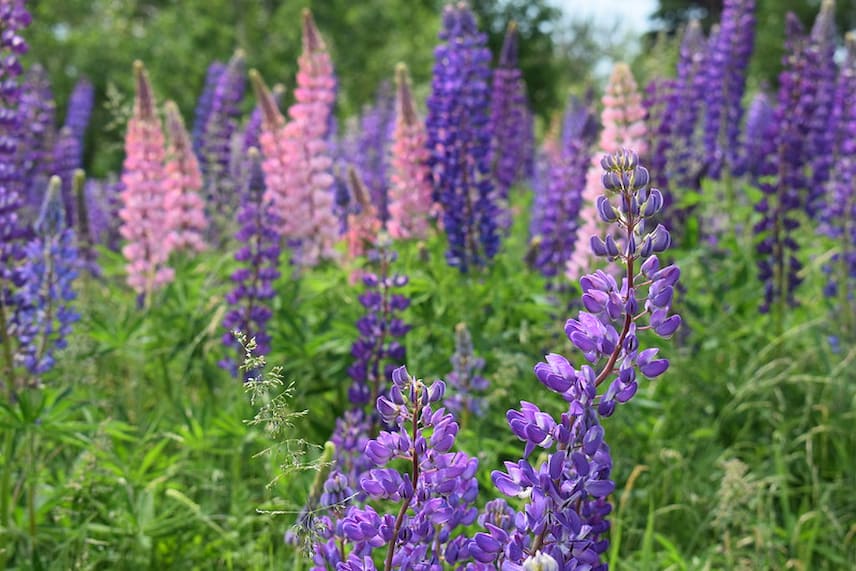
Why not plant lupins among tomatoes?
As green manure
You can also give a plot a break for a season and sow forage legumes such as white or purple clover, sweet clover, white lupin, spring vetch, vetch, or cultivated alfalfa…
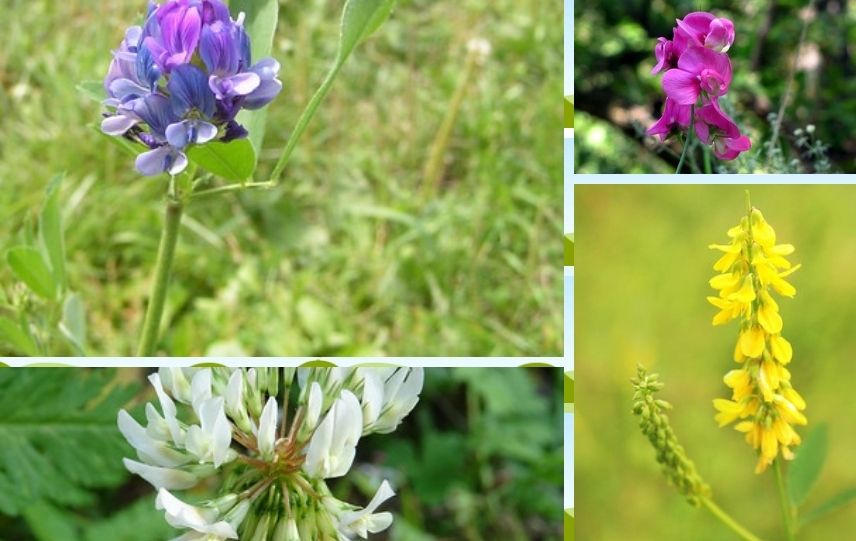
White clover, sweet clover (in yellow), vetch (dark pink), and alfalfa (purple)
Just before flowering, all these forage plants are mown. They can either remain on the surface as a mulch or be buried by turning them under. As they decompose, they will release the nitrogen they have fixed in their roots. The benefit compensates for the drawback of not enjoying the flowering of these beautiful plants.
- Subscribe!
- Contents
































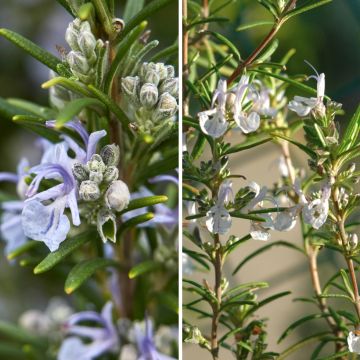


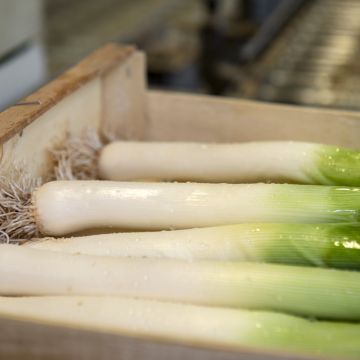
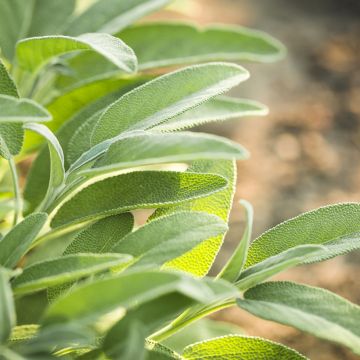
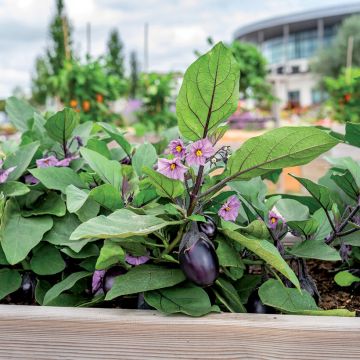

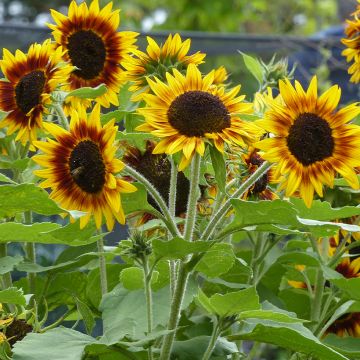
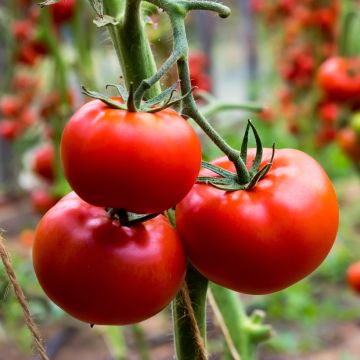

Comments